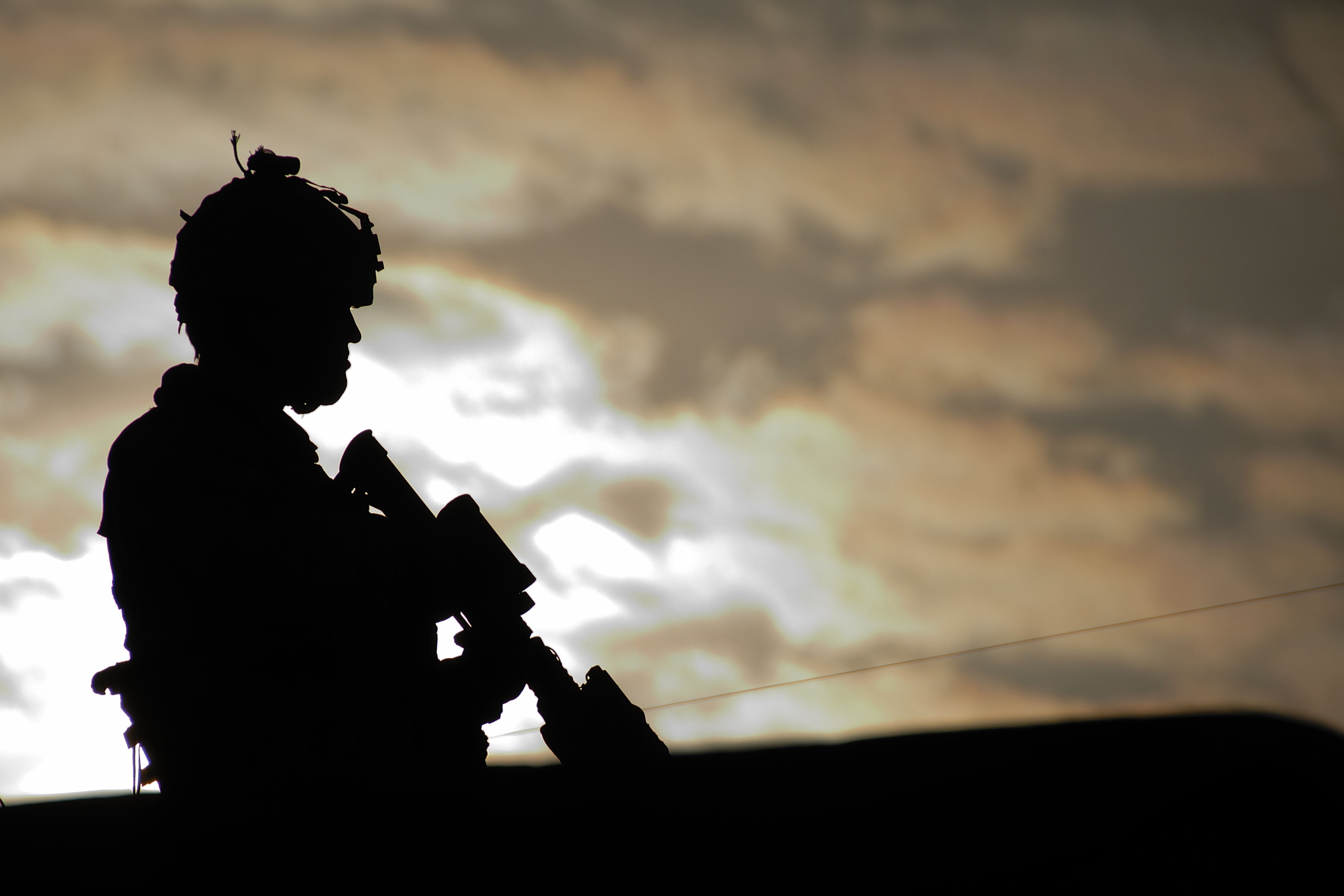
A Canadian soldier assigned to the OMLT (Operational Mentoring and Liaison Team) on sentry duty at a strongpoint operated jointly by Canadian and Afghan soldiers in 2008. [Cpl. Simon Duchesne / Combat Camera]
After 24 Canadians died at the hands of the 9/11 terrorists, taxpayers shelled out at least $18 billion to eradicate the camps that trained many of them, the Taliban regime that harboured them, and the al-Qaida network that planned and financed the attacks.
More than 40,000 members of the Canadian military served in Afghanistan between 2001 and 2014; 158 died, along with a diplomat, a journalist and two civilian contractors from Canada.
The troops were widely supported back home but, ultimately, not the policy. As casualties mounted, enthusiasm for Canada’s fighting role eroded. By 2007, more than half of Canadians surveyed said they believed the military campaign would fail.
The government ended the CAF’s combat role in 2011, and focused for three more years on training Afghan army and police so that they could manage their own affairs.
Now, as Canada and its allies celebrate a tentative victory over ISIS in Iraq, the radical group that grew out of al-Qaida is rearing its ugly head in Afghanistan as never before.
The Reuters news agency reported that attacks on the Iraqi embassy and a Shiite mosque in Afghanistan the week of July 31 have reinforced fears that Islamic State militants are looking to bring the group’s Middle East conflict to Central Asia.
The agency reported that the choice of target in the Iraqi embassy attack in Kabul, three weeks after the fall of Mosul to Iraqi troops, appeared to back up repeated warnings from Afghan security officials that Islamic State fighters may turn up in Afghanistan once they were pushed out of Syria and Iraq.

“This year we’re seeing more new weapons in the hands of the insurgents and an increase in numbers of foreign fighters,” said General Dawlat Waziri, a spokesman for the Afghan defence ministry. “They are used in front lines because they are war veterans.”
Reuters quoted a senior security official who put the number of foreigners fighting for either ISIS or the Taliban in Afghanistan at roughly 7,000. Most operate across the border from their home countries of Pakistan, Uzbekistan or Tajikistan.
A foreign enemy is far from new to Afghanistan. But Reuters says there is growing concern that militants from Arab countries, who have left Syria as pressure on ISIS there has grown, have also been arriving in Afghanistan through Iran.
“We are not talking about a simple militant fighter,” a security official told the agency, “we are talking about battle-hardened, educated and professional fighters in the thousands.
“They are more dangerous because they can and will easily recruit fighters and foot soldiers here.”
Few observers with knowledge of Afghanistan, its culture and isolated locale had any doubt there would be a resurgence in fighting and radical Islamist ideology in the landlocked country once the bulk of coalition forces pulled out.
Besides the fighting, Canada spent another $2.2 billion on development projects during its 13 years in Afghanistan, on wells, roads, schools and other infrastructure.
By the time Canada left Afghanistan, the World Bank said school enrolment was up eight-fold from 2001 levels. Infant mortality was down. Gross domestic product had more than tripled.
Still, Policy Options magazine reported: “In the end, the Canadian exertions and sacrifices in Kandahar did little to change the underlying conditions of this conflict.”
Hearts and minds. Hearts and minds.
It is generally accepted that it takes a generation or more to change a country. That’s 25 to 30 years-plus, likely somewhat less in Afghanistan, where the World Health Organization puts average life expectancy at 61.3 years, or 158th in the world. (Still, that is better than it was at the war’s outset, when it was about 47.)
It repeats the enduring question confronting all military interventions of this kind, beginning with UN peacekeeping operations in the 1960s, if not before: Are those who intervene—namely, the West—prepared to make the commitments necessary to engineer constructive and lasting change in areas of conflict?
The answer, evidently, is no.
Advertisement





















